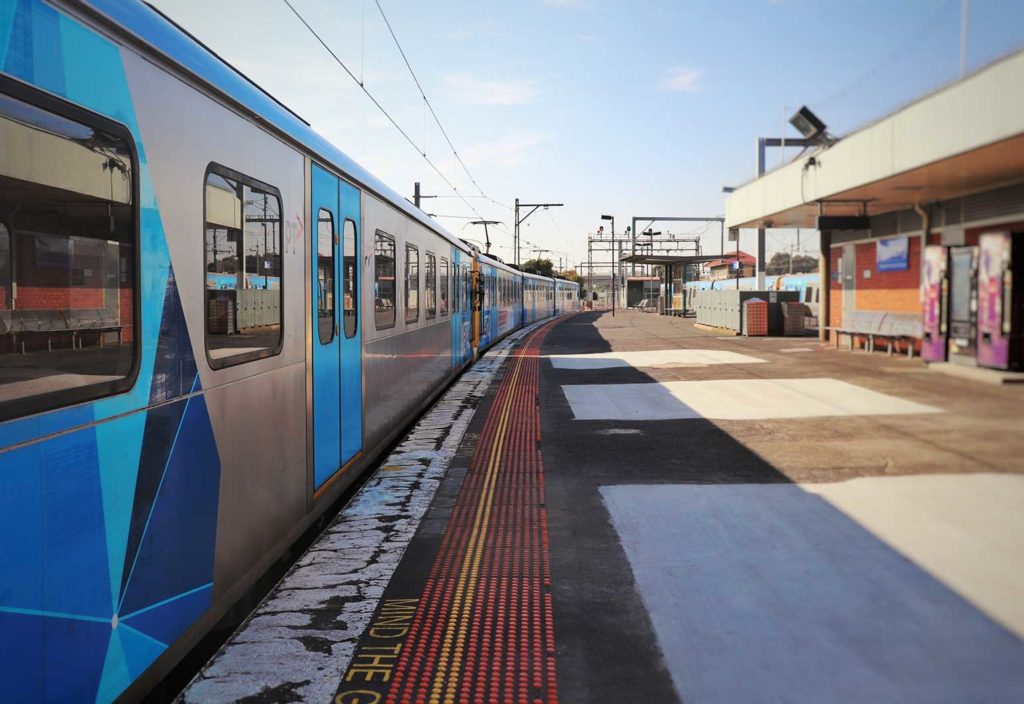The Federal Government will fast-track 15 critical infrastructure projects — including the Snowy 2.0, inland rail from Brisbane to Melbourne and the expansion of South Australia’s Olympic Dam — to help with Australia’s economic recovery from COVID-19.
Infrastructure investment and deregulation form the basis of the five-year package announced last month, including $1.5 billion to immediately commence work on priority projects identified by states and territories. In turn, this will support “over 66,000 direct and indirect jobs” according to Prime Minister Scott Morrison.
A key plank of the government’s JobMaker program to help get the economy “out of ICU”, the package will help federal and state governments halve project assessment and approval times from an average of three-and-a-half years to 21 months.
A spokesperson for Infrastructure Australia told create that the oversight body supports the staged approach that has formed the basis of the response to COVID-19, with a focus on selecting projects that deliver lasting benefits.
“In the wake of the bushfire devastation and now through COVID recovery, we expect our Infrastructure Priority List to continue to play its role in supporting the national conversation about Australia’s spending priorities,” the spokesperson said.
The priority list includes 147 nationally significant proposals across transport, water, energy, telecommunications and social infrastructure and identifies a $60 billion pipeline of projects that have been rigorously assessed by Infrastructure Australia.
“Some of the infrastructure projects already announced for fast tracking have been drawn from the priority list, including inland rail, Marinus Link and regional town and water security,” the spokesperson added.
“The Australian Government’s recent announcement to bring forward another $1.5 billion on local infrastructure projects, with $500 million of that targeted for road safety, is also well placed and aligns with existing priorities on the [list], such as a National Road Maintenance strategy and a priority initiative for regional and rural road network safety improvements [in Western Australia].”
Transparency and collaboration are key to success
Engineers Australia Senior Policy Advisor Sybilla Grady said the organisation welcomed the government’s infrastructure focus and commitment to expedite projects. However, she noted it would be good to see the complete list, to ensure the projects slated for fast tracking have been properly evaluated.
“Engineers Australia wants to see the government commit to projects that have been subject to rigorous evaluation, both to ensure transparency and to know that the business cases are sound according to Infrastructure Australia evaluation criteria,” she said.
“Increased collaboration at all levels of government has improved, and we hope government continues this for the long term when it comes to infrastructure planning. Whilst limiting obstructions to getting projects off the ground to provide jobs is an excellent initiative, what we don’t want to see is cutting corners and compromising on quality to achieve these objectives.”
Grady believes engaging experts at all project stages is essential and provides the greatest opportunity for risk identification and analysis, embedding resilience and embracing innovation.
“It would be also be wise to ensure that there is a focus on regional connectivity and telecommunications to protect those most vulnerable to the impacts of the pandemic restrictions and other challenges the nation may face,” she said.
For future stimulus programs, Grady would like to see the government consider embedding recommendations contained in Engineers Australia’s COVID-19 Recovery plan, which includes an emphasis on digital innovation and support for local manufacturing.
“Infrastructure planning for the long term must be framed around the triple bottom line approach of social, economic and environmental resilience and sustainability.”
While the nation looks to big government projects to help restart the economy, Grady added that the pandemic has also presented a challenge to the engineering community to consider the changing nature of the profession.
“In the context of national and international disasters resulting in rapid transition to increasingly digitised and remote workforces, there will be greater reliance on multidisciplinary engineering in the infrastructure future,” she said.
The one-and-a-half billion dollar question
Andre Kapsura, Policy Analyst at Engineers Australia, said the government had allocated $1 billion for “shovel ready projects” that could commence within six months and $500 million for targeted road safety works delivered by state and territory governments within 12 months.
An additional $500 million has been made available for roads and community infrastructure to be delivered by local governments, and the Federal Government will also bring forward $1.3 billion from the 2020-21 Financial Assistance Grant for local councils to this year.
Kapsura said that while the economic effect would depend on circumstances on the ground in each jurisdiction, the package was likely to have a positive impact.
“My assessment is that these allocations will keep existing road and transport workers employed for between six and 12 months, which is a good thing,” he said.
“Short-term transport and road work has been chronically underfunded, and a high proportion of workers are likely to be experienced labourer types.”
Kapsura calculated the government injection would deliver a 10.5 per cent increase on annual road infrastructure spending, but said he believed that overall infrastructure spending could be improved.
“I assess these activities as worthwhile, helpful but fairly modest in the circumstances,” he said.
“We must bear in mind that total infrastructure construction in 2018-19 was $57.35 billion in a pre-pandemic economy which had a GDP of $1.88 trillion.”
